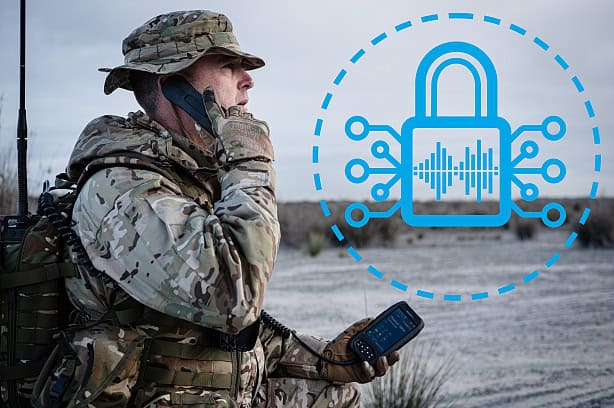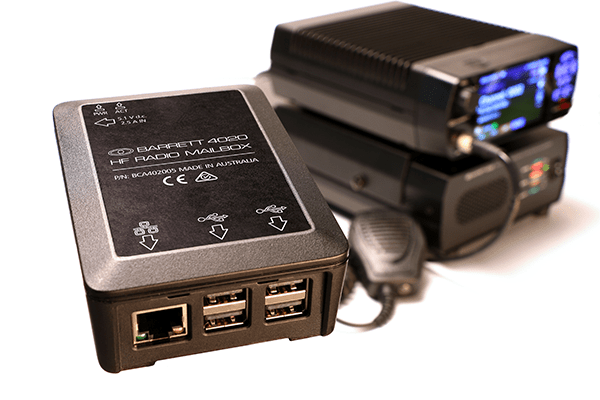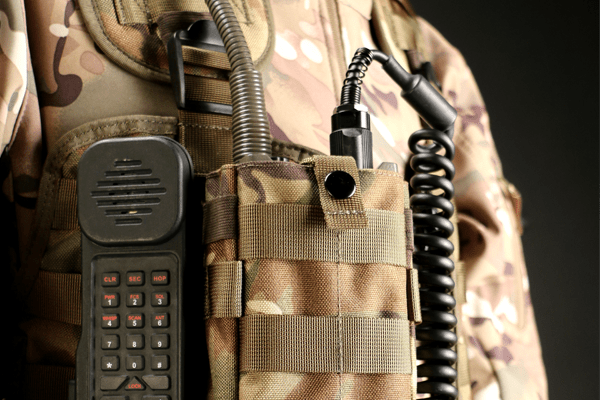How is government communication – and communication technology – impacted during a pandemic?
How is government communication – and communication technology – impacted during a pandemic?
The coronavirus pandemic has repeatedly illustrated the intimate interconnectedness of our global society. As first responders and governments around the world take on a task the likes of which no one alive has seen before, we’re learning more every day about our communications abilities, techniques, capacity and limitations.
As the crisis has progressed, we’ve seen that government communications and infrastructure support can play a crucial role in providing public health notifications and medical services. We’ve also come to know firsthand the communications limitations for some of our more remote, less connected communities, and become aware of the need for alternative methods of reaching them.

Mass communications for public health
Among the first steps to take during a pandemic, the government and public health authorities have a responsibility to communicate vital instructions to the public in a way that is clear, transparent, accessible and unambiguous. This starts with making information available online.
A United Nations review found that by 8 April 2020, 86% of member countries had included COVID-19 information on their government web portals.
The U.N. report also noted the need for governments to update online resources more quickly, invest further in technology and combat misinformation. It’s also important to make sure the internet isn’t the last stop for crisis communications, especially for citizens who lack reliable access (which we’ll discuss in more detail later).
Crucially, governments are tasked with supporting public health outreach to provide clear, reliable information that allows individuals to protect themselves and their neighbours. In the current situation, this involves social distancing, regularly washing hands and remotely checking in on vulnerable family members and loved ones.
When the public is well informed about the risks of spreading the disease and empowered to take steps that prohibit their exposure to becoming a carrier or contracting the disease, health services can adequately treat existing cases and other people who need assistance.
Support for telehealth initiatives
Front-line health care workers and those seeking medical services are, of course, at higher risk of contracting and spreading infectious diseases. Moving medical care online as much as possible, through telehealth initiatives, enables patients to receive contactless medical care, lowering the risk of contracting the virus for both medical personnel and those seeking treatment.
Not all medical providers or prospective patients, however, are adequately prepared to utilise telemedicine services. Some lack the necessary devices, information or telecommunications support.
By providing expertise and financial assistance for telehealth programs, governments can help abate the progression of the disease while expanding access to health care in underserved areas.
One such example of this kind of government communications support comes from the Federal Communications Commission in the United States, which, as part of the country’s coronavirus relief bill, is now working to provide $200 million in funding towards telehealth programs.
Expanding communications for rural communities
Across the world, in established and growing economies alike, many remote and rural communities have substandard connexions to the latest telecommunications infrastructure. In these instances, individuals cannot access the kind of mass communications and telehealth services mentioned above without significant difficulty.
Even more worrisome is the fact that critical care providers like emergency medical personnel and first responders may have low-quality communications capabilities when serving these populations, limiting their ability to respond effectively in a timely fashion.
While permanent solutions are needed for the end users in these communities, infrastructure-independent technology like high-frequency (HF) radio can prove essential for critical services, ensuring these providers never lose access, no matter where they’re called to serve.
Find out more about how HF radio can help with providing critical services by contacting a Barrett Communications representative today.








